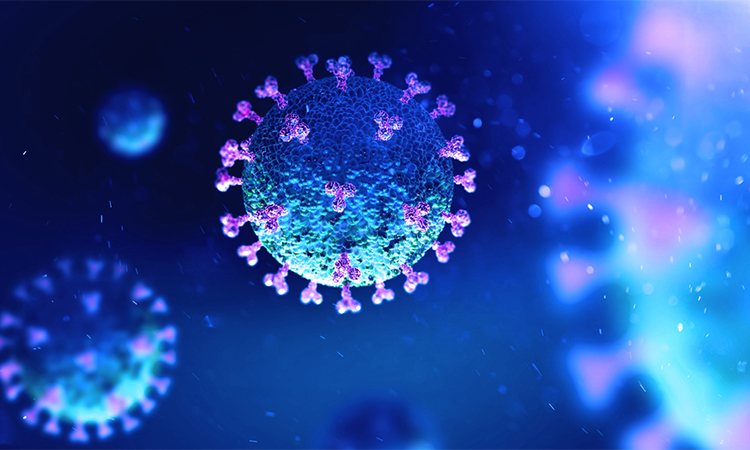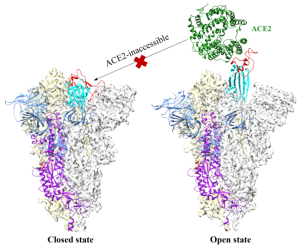Researchers discover small molecules that bind to SARS-CoV-2 spike proteins
Posted: 8 February 2023 | Ria Kakkad (Drug Target Review) | No comments yet
The resulting compounds, which can bind to spike proteins from the original coronavirus, could serve as a starting point for developing broad-spectrum treatments for COVID-19.


Spike proteins on the surface of SARS-CoV-2 help it bind to and enter human cells. Because of their important role in spreading infection, these spike proteins are one of the main targets for COVID-19 vaccines and treatments. But those remedies gradually lose effectiveness when certain segments of the spike proteins mutate. Now, researchers report in ACS Central Science that they have discovered small molecules that successfully target other segments that mutate less.
Spike proteins change shape when they attack a cell. In their “open” structure, they expose a section known as the receptor-binding domain (RBD) so it can attach to the ACE2 protein on human cells. In the “closed” structure, this RBD segment is tucked inside the spike protein and ca not bind to human cells. Antibodies contained in some COVID-19 therapies or stimulated by vaccines or infection target the RBD domain so it can not bind to ACE2. However, some emerging variants of the coronavirus contain mutations in the RBD fragment. That means vaccines and antibody therapies designed to target that fragment could become less effective as the virus mutates.
To get around this problem, other, less mutation-prone parts of the spike protein could be targeted instead. One possibility is a pocket in the spike protein that has been dubbed the Achilles’ heel of the virus. When this cranny is occupied by free fatty acids (FFAs) or a few other compounds, the protein remains locked in its closed, harmless configuration. However, those compounds are not suitable treatments because they are not stable, or they bind weakly. Therefore, the team decided to look for other potential treatments that lack these flaws.
Biomarkers aren’t just supporting drug discovery – they’re driving it
FREE market report
From smarter trials to faster insights, this report unpacks the science, strategy and real-world impact behind the next generation of precision therapies.
What you’ll unlock:
- How biomarkers are guiding dose selection and early efficacy decisions in complex trials
- Why multi-omics, liquid biopsy and digital tools are redefining the discovery process
- What makes lab data regulatory-ready and why alignment matters from day one
Explore how biomarkers are shaping early drug development
Access the full report – it’s free!


Some small molecules can lock SARS-CoV-2 spike proteins in a harmless closed configuration (left) instead of the infectious open configuration (right). [Credit: Adapted from ACS Central Science 2023, DOI: 10.1021/acscentsci.2c01190]
Using computer modelling, the team screened a library of small molecules, seeking ones that could slip into this pocket and stick firmly to the spike protein, keeping it in the closed shape. The researchers then used surface plasmon resonance and other techniques to evaluate analogues of these molecules for improved binding and solubility. The resulting compounds, which can bind to spike proteins from the original coronavirus as well as the Omicron BA.4 variant, could serve as a starting point for developing broad-spectrum treatments for COVID-19, the team says.
Related topics
Antibodies, Bioinformatics, Informatics, Protein, Small Molecules, Vaccine
Related conditions
Covid-19








